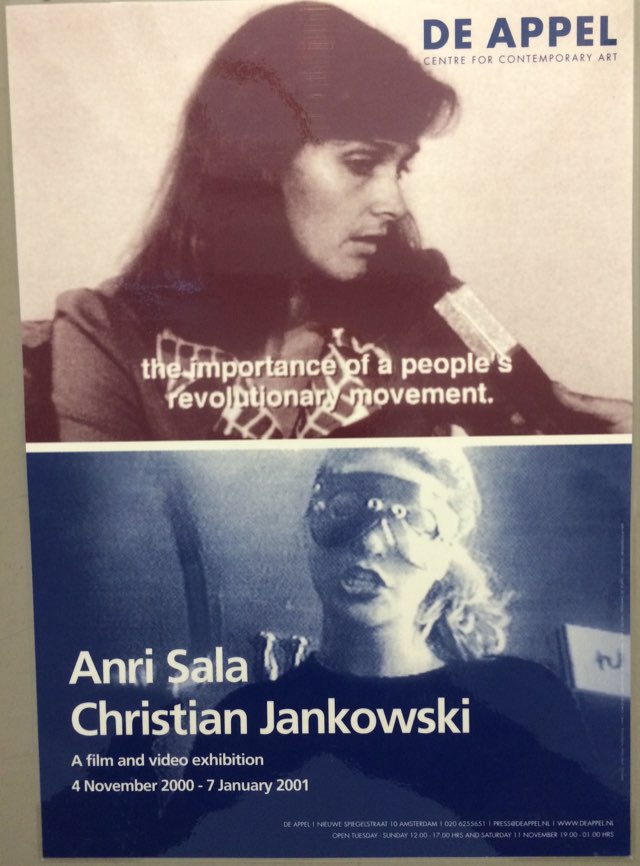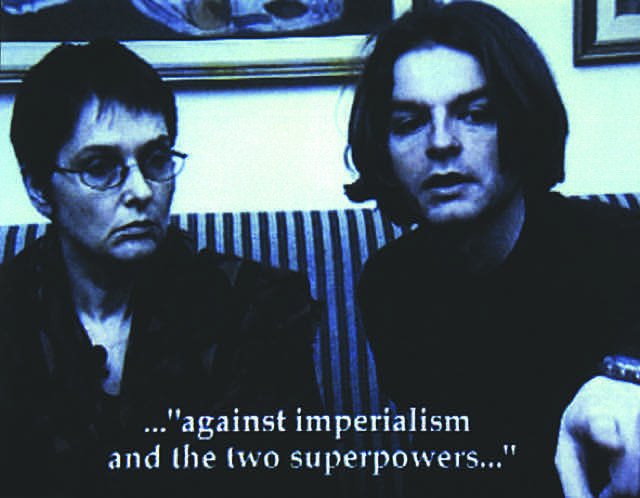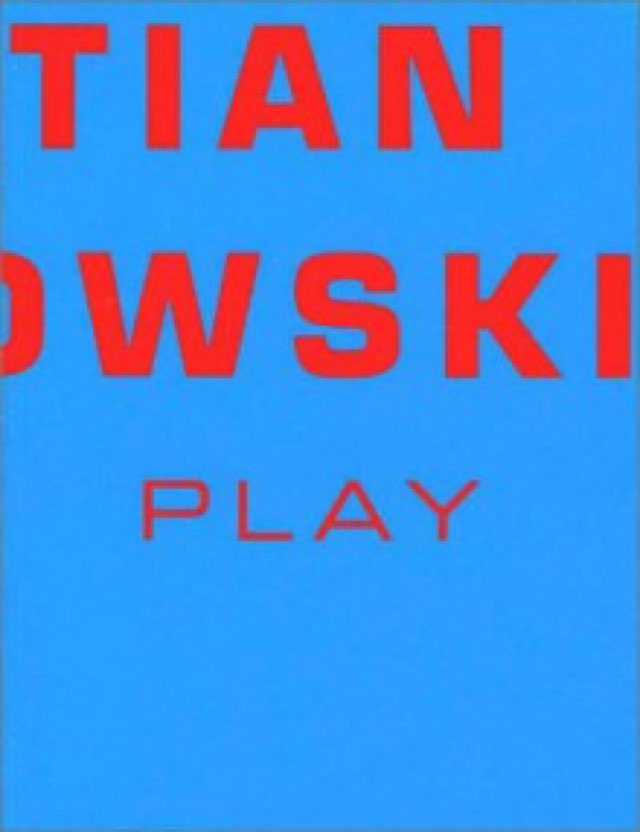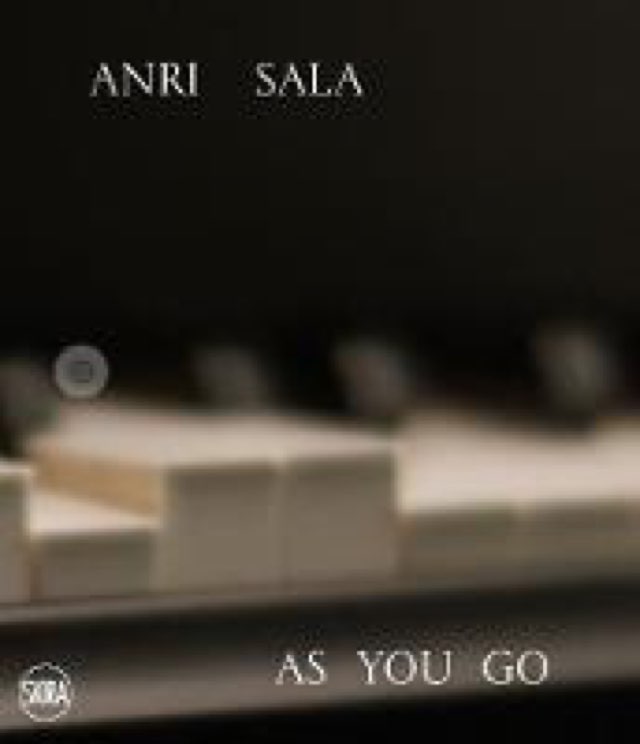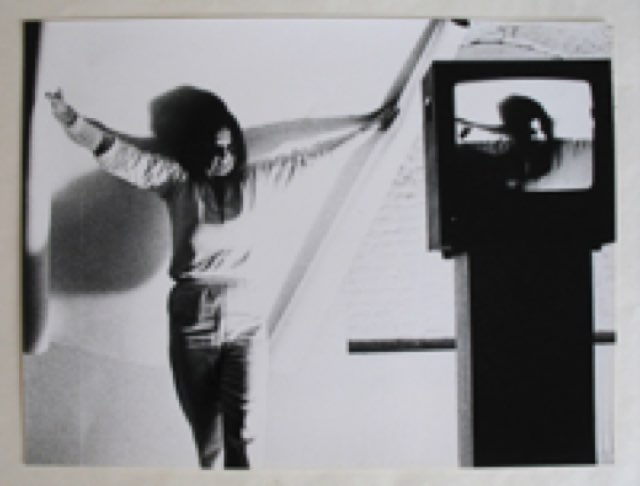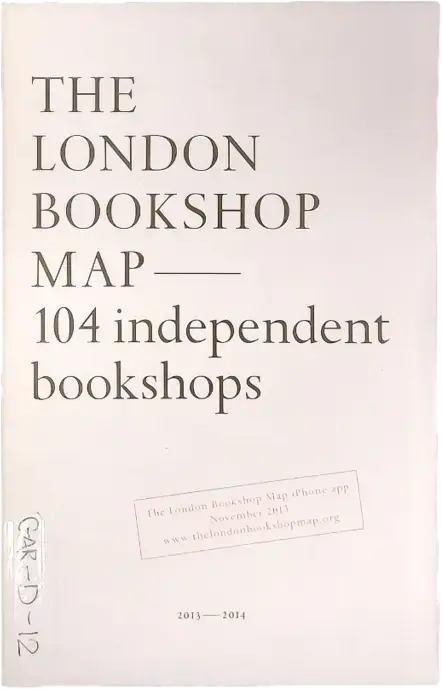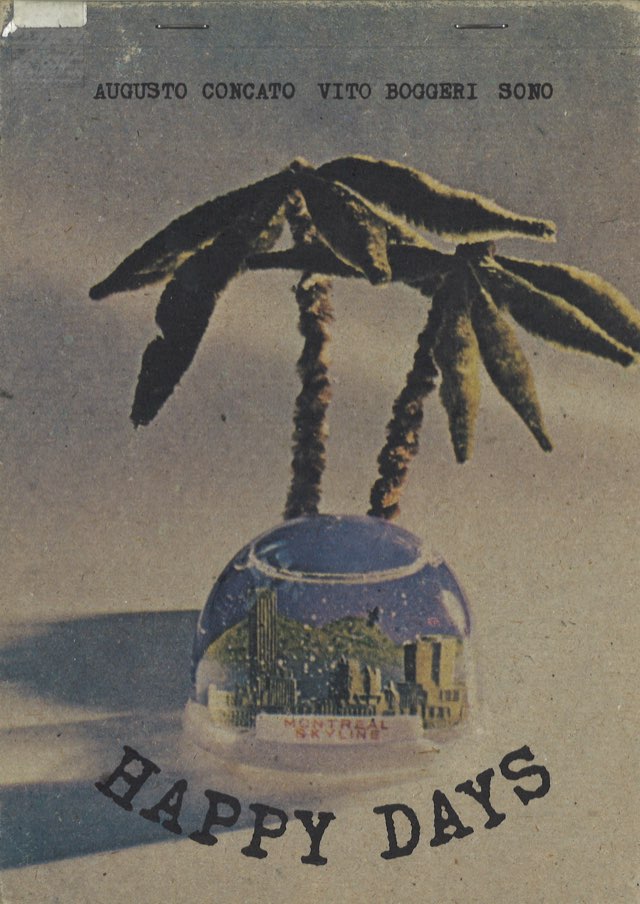Christian Jankowski & Anri Sala "Christian Jankowski & Anri Sala"
de Appel, Nieuwe Spiegelstraat 10, Amsterdam
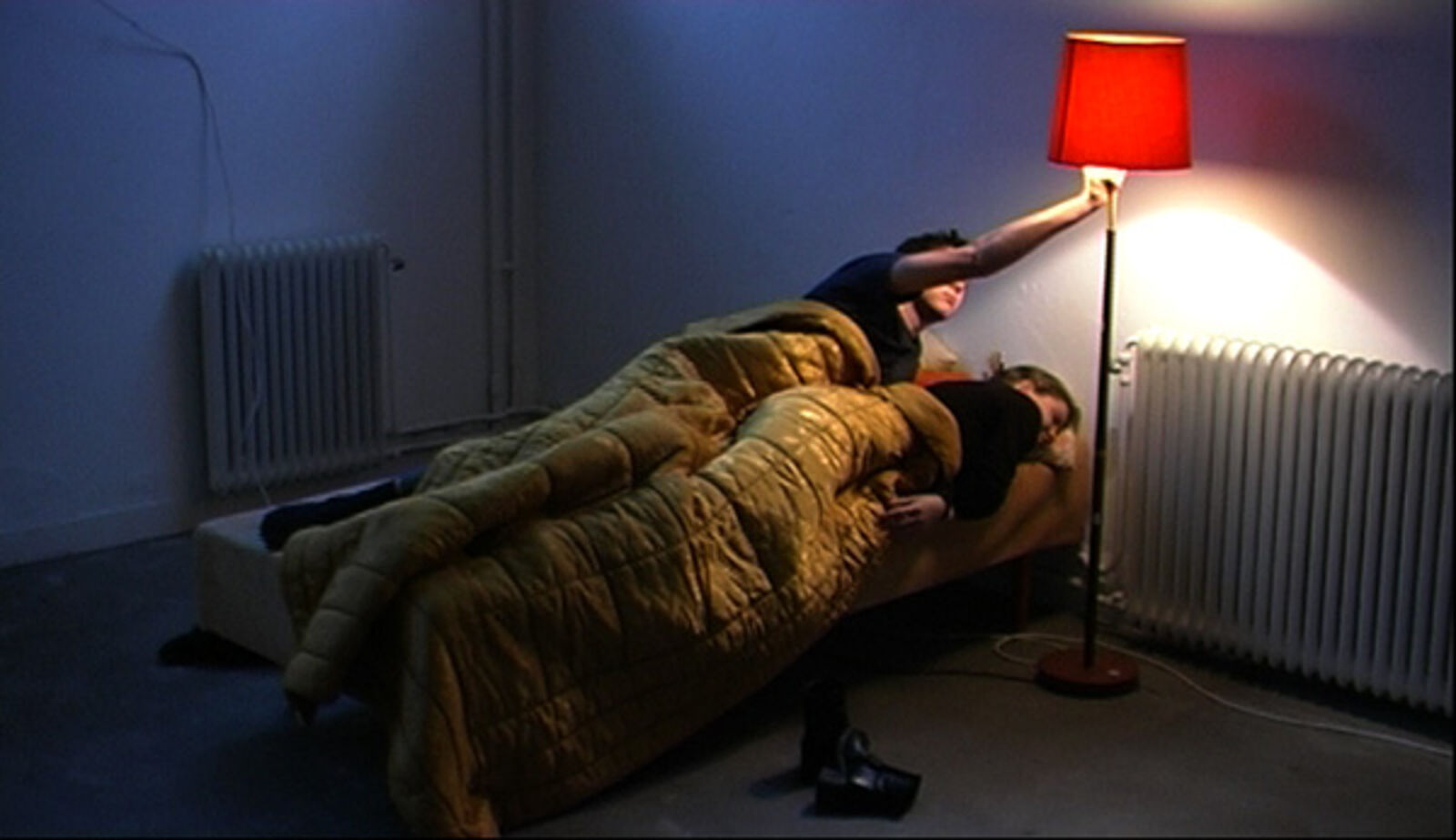
© Christian Jankowski, Berlijn / Berlin
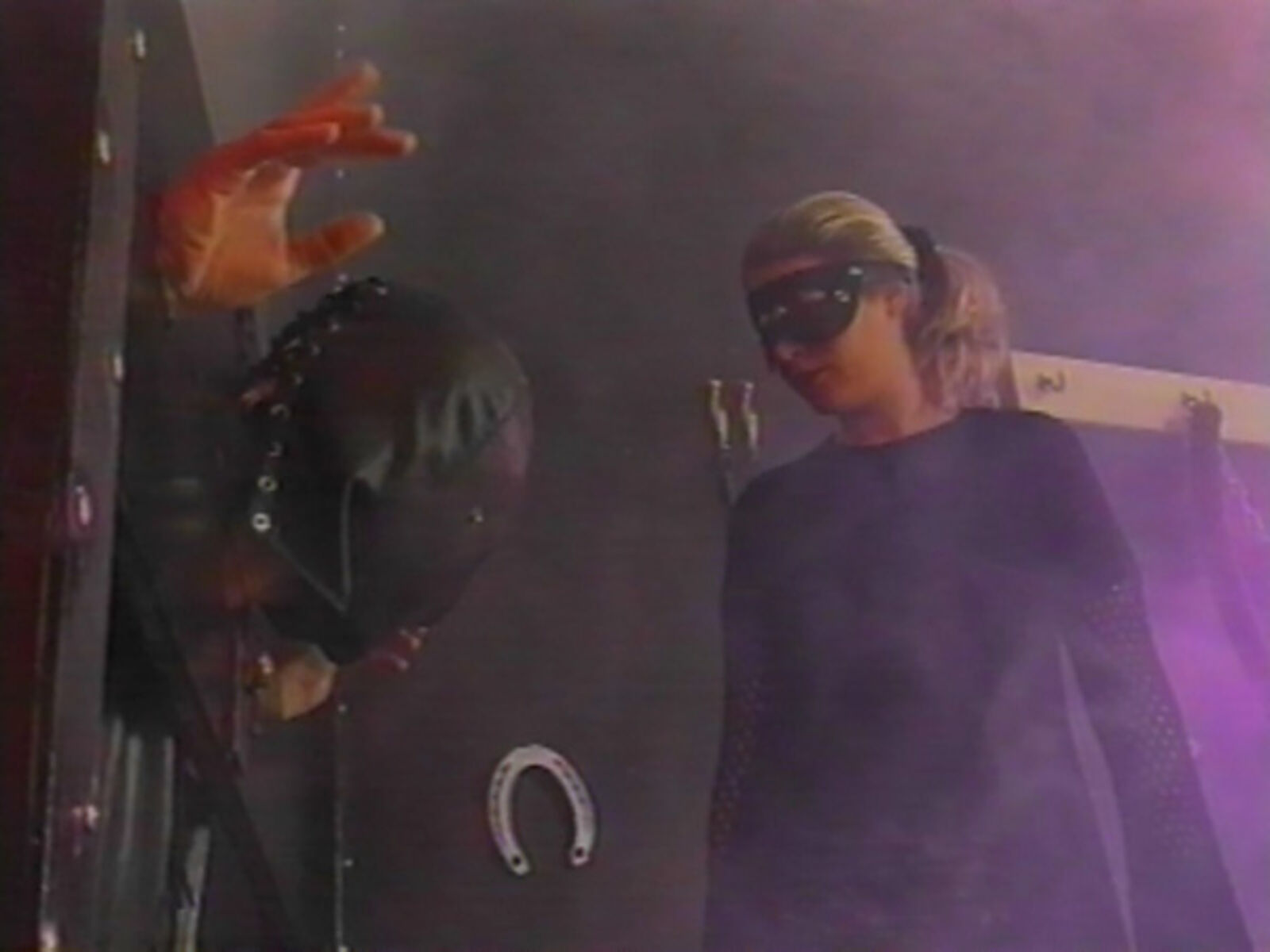
© Christian Jankowski, Berlijn / Berlin
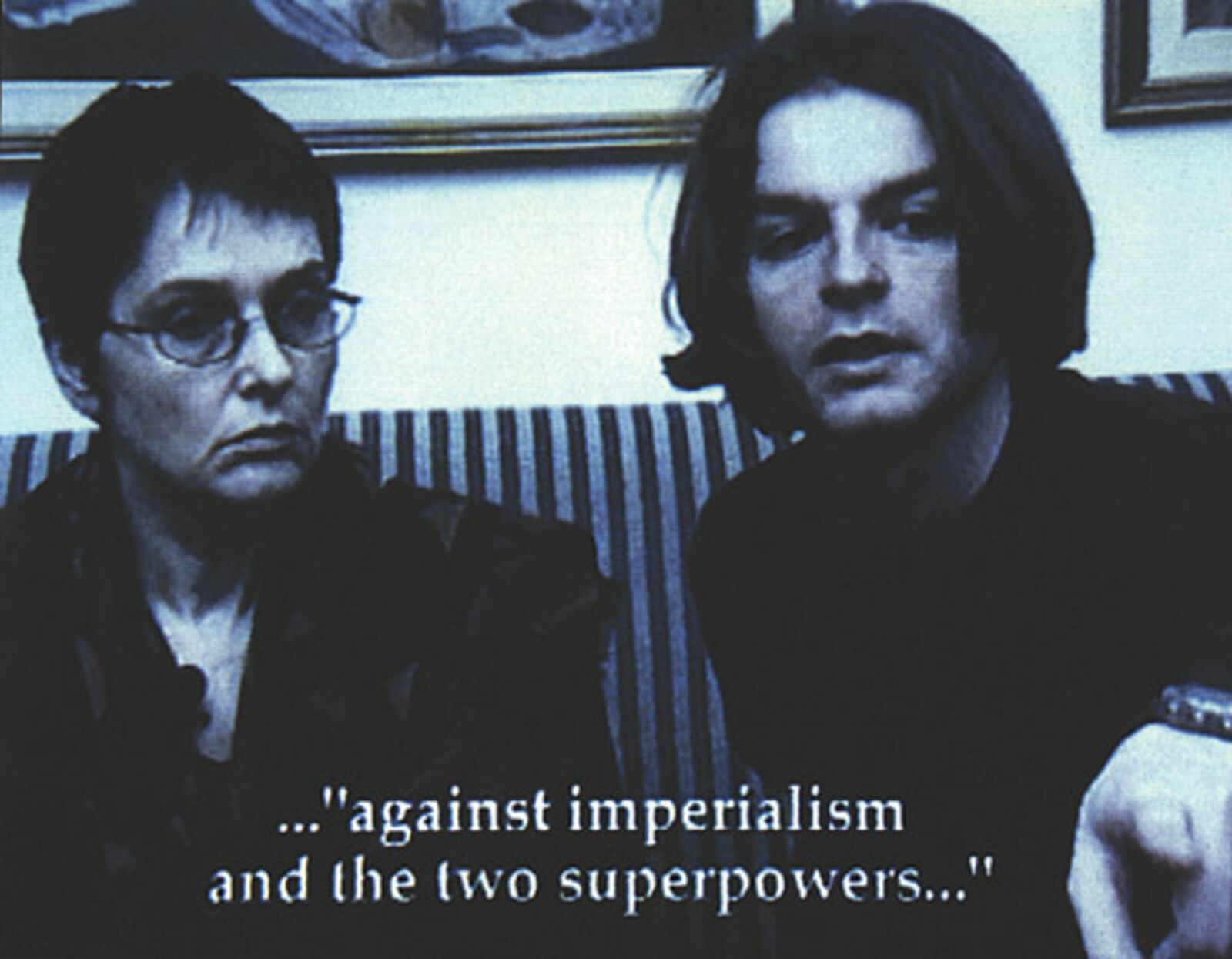
© Anri Sala, Parijs / Paris
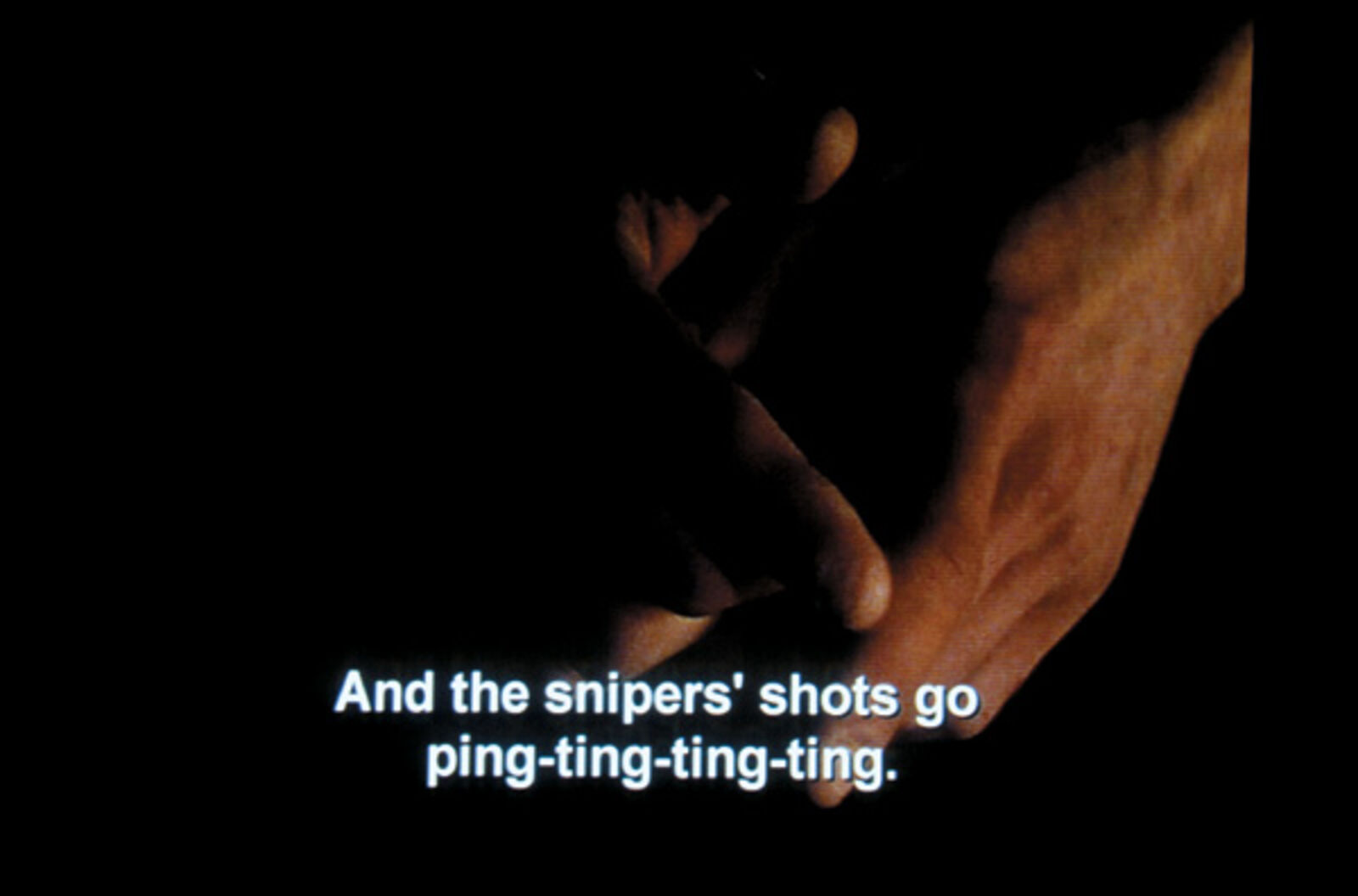
© Anri Sala, Parijs / Paris
‘De Appel will be devoting individual solo presentations to two young artists whose works have attracted a great deal of international attention in the last year. Interest in Christian Jankowski began mainly after the Venice Biennial of 1999 and the German Open exhibition in Wolfsburg. He has since been selected as one of the four candidates for the Neue Nationalgalerie prize in Berlin, which will be presented in December. Although Anri Sala has only recently completed his studies, his participation in After the Wall (Stockholm 1999, now showing in Berlin) and in Manifesta 3 has also been the subject of much interest. Both artists display their work on video monitors and projectors. Both use the narrative structure of a cinematic story to give shape to their ideas, an approach that is quite popular among artists today. But unlike many contemporary works that consist of the telling of little individual histories, the meaning here goes beyond that and the stories appear to have a symbolic and/or metaphoric quality that has to do with the position of the artist in society. Jankowski’s work often consists of humorous, playful commentaries on situations in which an artist finds himself. Telemistica, is based on several interviews with Italian TV presenters of horoscope programmes in which the artist discusses his doubts, longings and ideals at length before a large audience. The ironic effect refers back to these strange kinds of programmes and their faithful viewers, but at the same time it denounces the art business with its Biennials , travelling artists and prize circus. In The Matrix Effect, Jankowski puts the fame of older colleagues in perspective by having them played by children, who are able to look back on their oeuvre thanks to a ‘time warp’. While Jankowski’s work is mainly a sharp analysis of situations within the reality of the arts, Sala investigates the geography of his origins in relation to the present. In Intervista he confronts his mother with her political past. In the way in which he depicts her story, however, Sala also presents a commentary on the changing history of film and on how film is made, a surplus value that also serves to raise his work far above the merely personal.’ (Invitation De Appel) Catalogues: Christian Jankowski. Play, 2001. Text: Jörg Heiser. Dutch & English. Bio- & bibliography incl. 128 pp., f.c., 22 x 17 cm. Soft cover. Design: Christian Jankowski & Irma Boom. ISBN 90 73501 52 0. € 18,- Anri Sala, 2000. De Appel, Galerie Crousel, Paris, Johnen + Schöttle, Cologne. Text: Nicolaus Schafhausen, Edi Muka, Alexandre Costanzo. Dutch & English. Bio- & bibiography incl. 48 pp., f.c., 17 x 22 cm. Soft cover. Design: Anri Sala & Irma Boom. ISBN 90 73501 51 2. € 10,-
